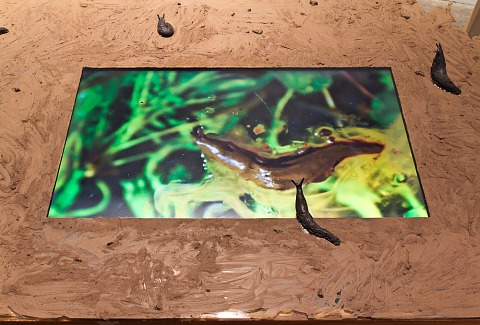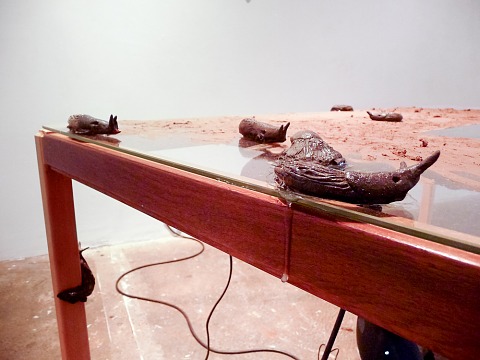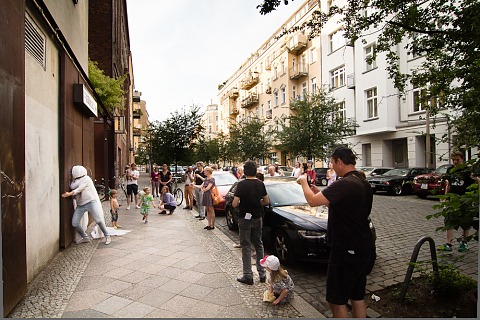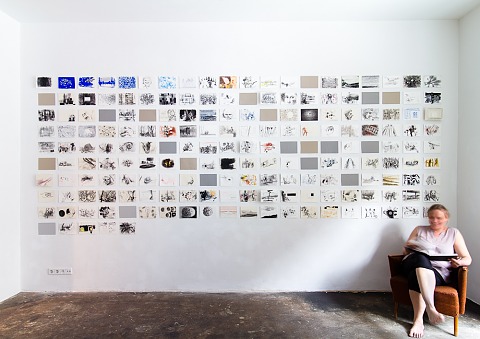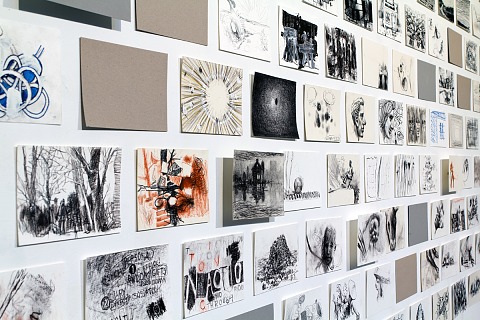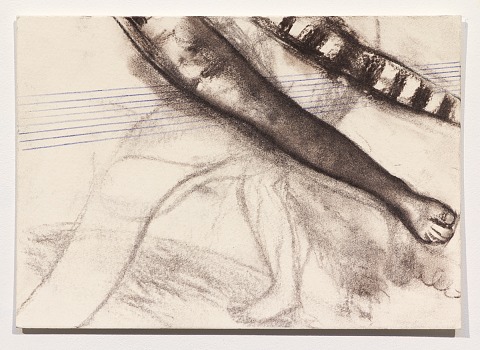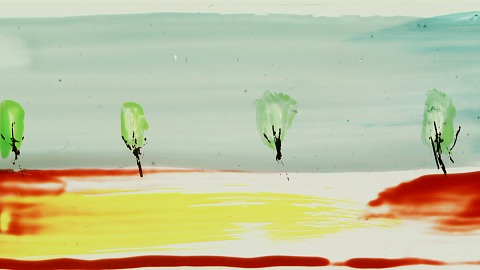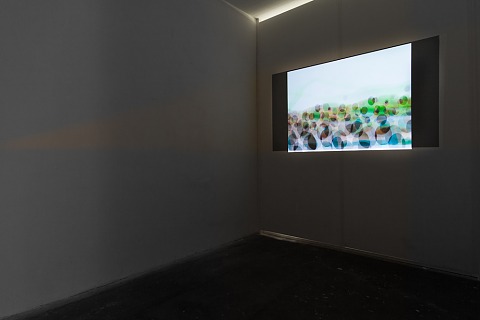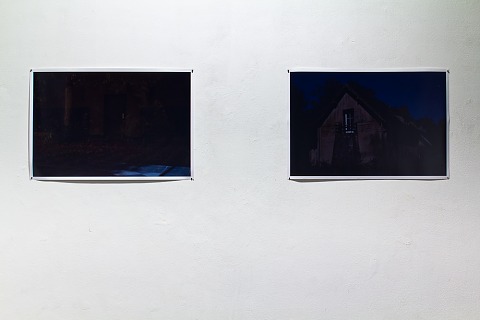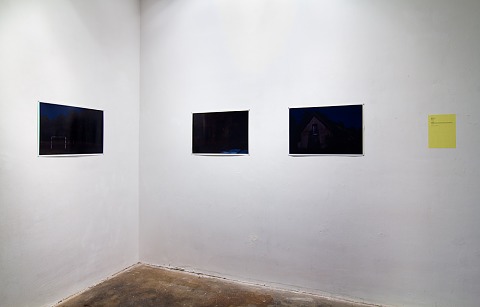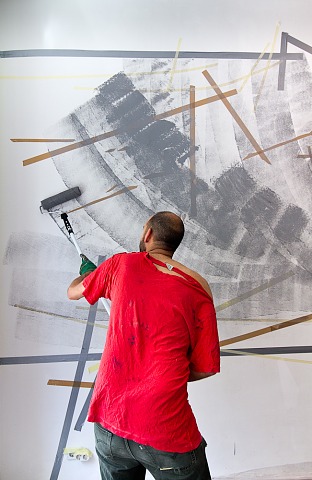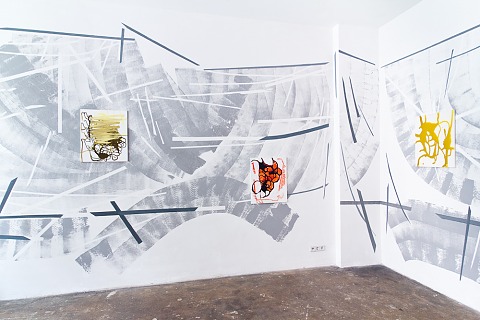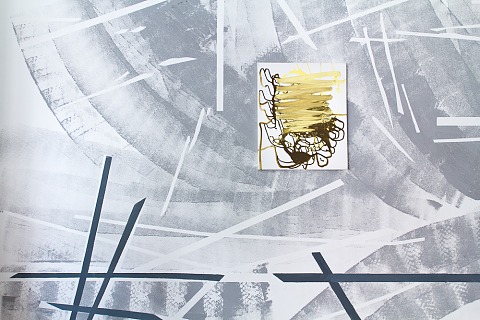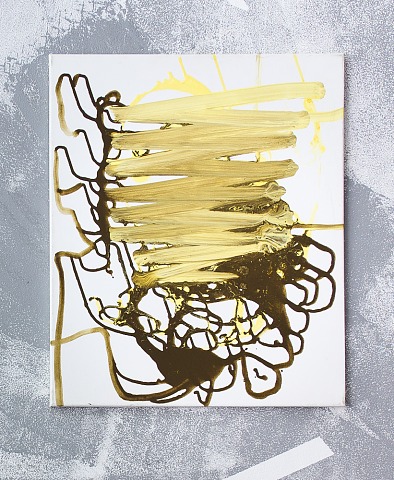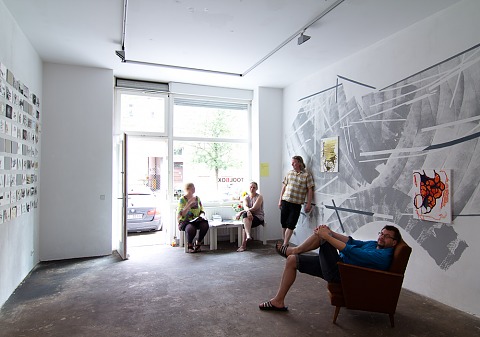One already knows without knowing that one knows - Part I
”One already knows without knowing that one knows I" is a collaboration between Lotte Nilsson-Välimaa, Mimosa Pale, Kenneth Pils, Miia Rinne, Matthias Roth and Bertram Schilling.
The idea for the project was born from a common desire to work in-depth over a longer period of time on the tacit-knowledge- theme.
It’s often thought that people don’t see things until they know something about it. But what is this knowing about? The topic of the exhibition is tacit (quiet) knowledge. Michael Polanyi was the man who tried to make sense of how new discoveries, knowledge of yet unknown things, can be made in science. Tacit knowledge was his key to the mystery of discovery. Tacit knowledge implies that one knows all the time much more than one can ever tell. A body of non-discursive knowledge exists, which is something that one’s life has taught over the years, but one has learned it without any awareness of the process of learning. Tacit knowledge includes for example all the physical, intuitive, mythic and experienced knowledge we are bearing. Things we know but are difficult to tell in words.
The art of living is not ultimately a matter for the reasoning part of the soul, but more important are one’s dealings with the irrational parts of the soul. These are fears and desires that escape our rational faculty and explicit knowledge, but maybe not our tacit knowledge and our practice of artistic work.
With the intention of giving visibility to tacit-knowledge-processes and its inherent creative potential, the participants have established a process of (self-)discovery and experimentation, developing into a gradually intensifying exchange between them.
Research resources
- Tacit knowledge (as opposed to formal, codified or explicit knowledge) is the kind of knowledge that is difficult to transfer to another person by means of writing it down or verbalizing it. Wikipedia
-
"I shall reconsider human knowledge by starting from the fact that we can know more than we can tell"
This writes Michael Polanyi in the work "The Tacit Dimesion" (1966) which is still is relevant today. His main theory is that all knowledge at it's core is personal and is built on tacit elements. - We can pick a face out of a million without being able to say how we did it. In this way, we are perpetually relying on operations within us which we neither control nor understand. In fact, over-awareness of what we are doing is the notorious cause of many accidents and foul-ups. Most daily actions betray a reliance on what Michael Polanyi calls the “tacit knowledge” of our bodies.
- Our minds must let go of the readiness to judge, he said, so that our eyes may be inwardly vulnerable to what we are seeing. Japanese champion of craft, Sōetsu Yanagi.





